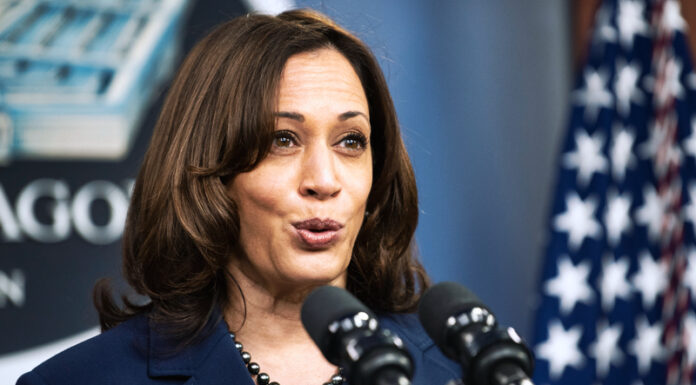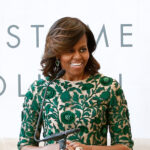Vice President Kamala Harris’s 2024 presidential campaign faces sharp scrutiny after spending over $1 billion in just three months, ultimately ending with a reported $20 million debt.
Federal Election Commission (FEC) filings and internal documents reveal that, despite record-breaking fundraising, the campaign’s expenditures on celebrity endorsements, luxury travel, and high-profile events have sparked significant internal debate within the Democratic Party regarding campaign priorities and financial management.
The campaign raised more than $1 billion in the lead-up to the election, deploying over $654 million in advertising to expand Harris’ media presence. However, the rapid expenditure left the campaign in substantial debt, with millions funneled into high-profile celebrity-driven events meant to energize voters in key states.
The campaign paid $1 million to Harpo Productions, Oprah Winfrey’s company, for a virtual town hall in which Winfrey interviewed Harris alongside other celebrities. Winfrey clarified that she did not personally receive any payment, stating, “I was paid nothing—ever.”
The campaign also donated $500,000 to the National Action Network, a nonprofit founded by Reverend Al Sharpton, before a televised interview with Harris on MSNBC.
Megan Thee Stallion performed at a Harris campaign rally in Atlanta, expressing her support. Fact-checking organizations report no verified evidence of payment to her despite widespread rumors.
Beyond these events, Harris’s campaign allocated substantial amounts to luxury expenses. Records indicate millions spent on private jet travel, luxury hotel accommodations, and gourmet catering for campaign gatherings. The campaign also invested heavily in custom luxury merchandise, spending thousands on designs from high-end fashion brands and on promotional photoshoots with celebrity photographers. Additionally, huge amounts were allegedly directed toward influencer partnerships with figures like Beyoncé and Kerry Washington to extend Harris’ online reach.
In contrast, President Donald Trump’s campaign spent less than half of what Harris’ did. Trump raised $382 million, focusing on grassroots mobilization and traditional advertising, and avoided a similar debt burden.
The Harris campaign’s spending strategy has led to internal discussions within the Democratic Party, with many party leaders now calling for more financially sustainable campaign approaches that prioritize grassroots voter engagement over costly celebrity-focused events.
ActBlue, the Democratic fundraising platform, reported that while small-dollar donors were instrumental in fueling Harris’ campaign, such large expenditures may have diverted critical resources from down-ballot candidates.
The campaign’s extensive spending, combined with debt and ultimately disappointing electoral outcome, has intensified debate about how the Democratic Party allocates resources. As discussions around future strategy unfold, the challenges highlighted by Harris’ campaign could shape Democratic spending priorities in the years to come.








